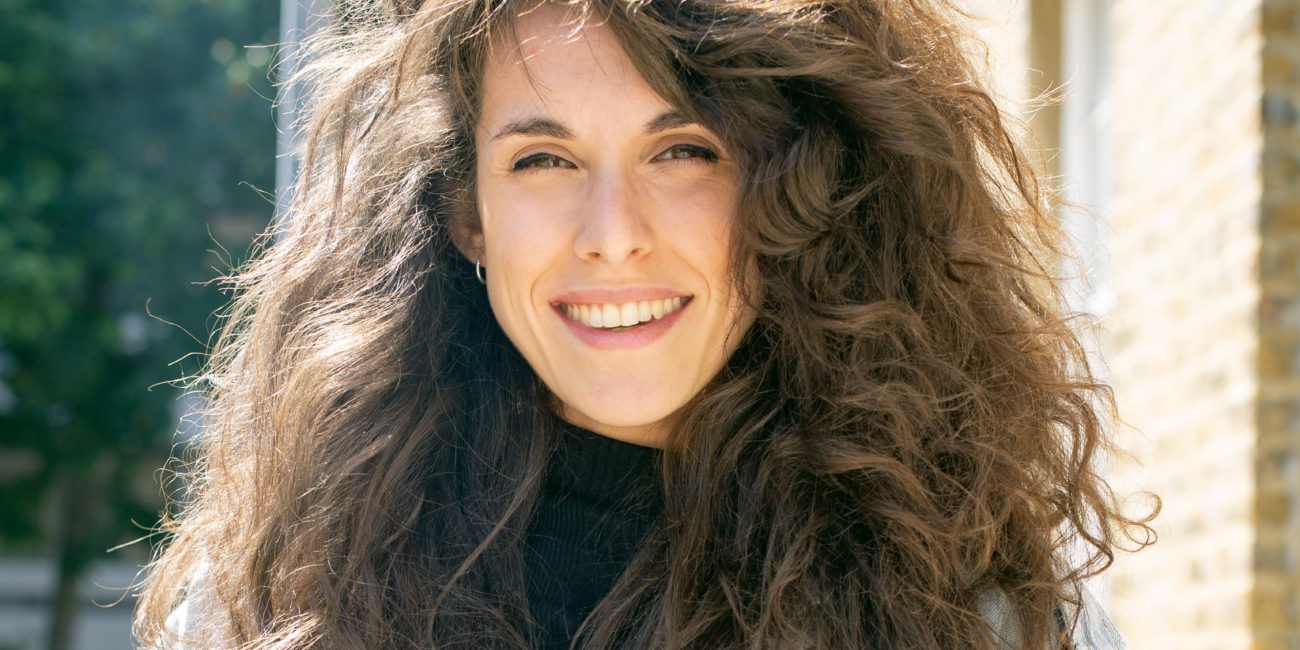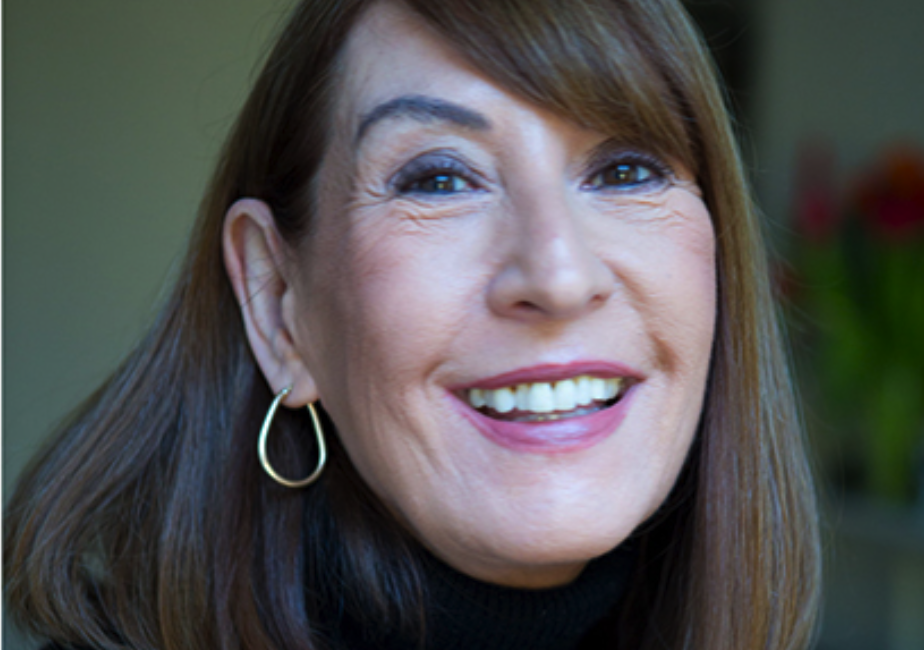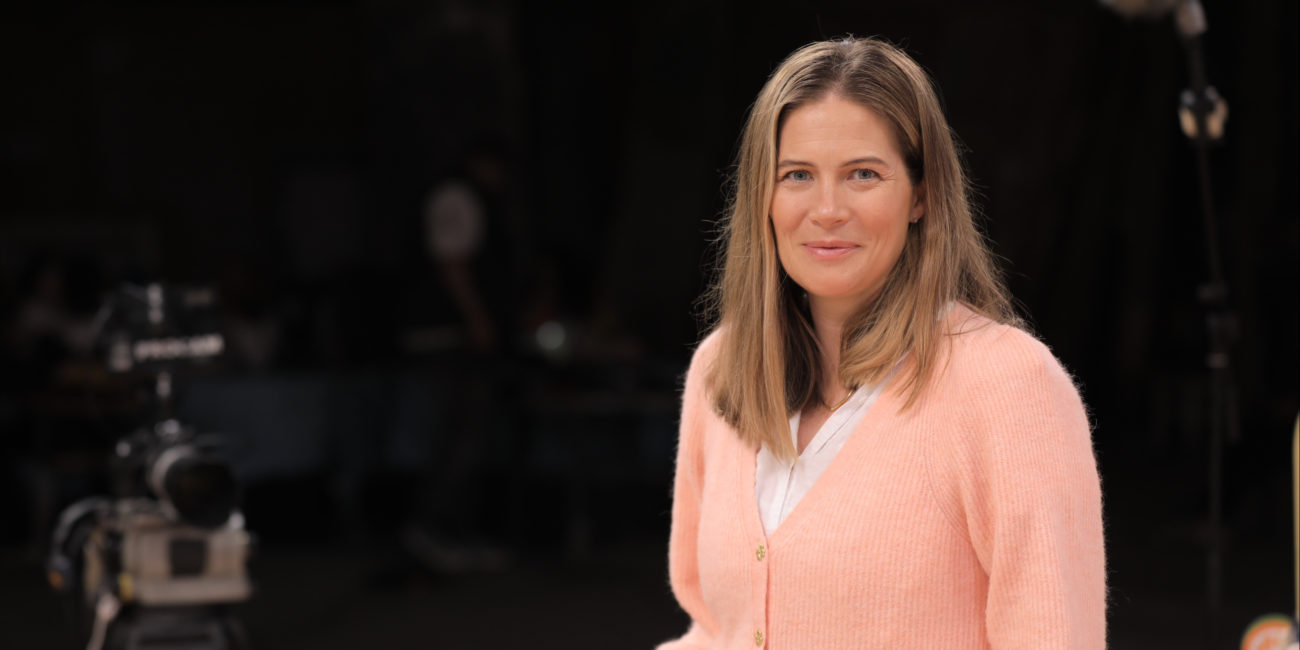Check out this month’s Learning on Screen’s digital magazine, Viewfinder, for their article by Sian Hamlett, director, and David Scott, academic at The Open University, to discover the problems and ethical questions raised during the making of the award winning Grenfell Tower and Social Murder.
Courtesy of Learning On Screen’s Viewfinder magazine
“What are we going to do afterwards with the tower after / Is this tower in the sky going to be a constant reminder of man’s inhumanity against man?” – Clarrie Mendy, cousin of Khadija Saye and Mary Mendy who were both victims of the Grenfell Tower fire.
How did the commissioning of the film come about?
Grenfell Tower and Social Murder was commissioned for The Open University degree module DD105 “Introduction to Criminology’. Each Open University module has audio-visual content to bring alive the teaching and underline the most important educational points. We needed four films to generate questions about ‘what is crime’ and ‘who are the criminals’. Hamlett Films was then commissioned to make four films for DD105 (another one of the films for this module made by Hamlett Films, Advertising, Brandalism and Subvertising, was also nominated for a Learning on Screen Award in April 2019).
What is the connection between the horrific tragedy and an undergraduate criminology course?
There is, of course, widespread understanding linking criminal harm and criminal blame with property offences and interpersonal violence. However, the DD105 module looks to question such assumptions and open up space for alternative ways of thinking about ‘which harms are criminal’ and ‘who is responsible’ for such harms and how we should most effectively respond. Central to DD105 is the definition of crime, and one of the key illustrations around illegal and legal harms in the module is avoidable and premature deaths. The module considers intentional homicide (murder); deaths in the workplace through health and safety harms; deaths in warzones; capital punishment; deaths in state custody; and premature deaths which arise due to social inequalities.
Within only a few weeks of the tragedy, it became obvious to us that the fire touched upon an enormous number of contemporary social issues, from austerity, to social housing, to the shaming of poverty, to the cutting of corners in the building industry following large scale de-regulation of previous safeguards, to the systemic failure to hear or act upon the voice of the residents who gave warning after warning about the safety of those living in the tower block. As educators, sadly we immediately recognised that the Grenfell Tower fire raised many key issues present within the DD105 teaching materials.
What were the particular challenges of making this film?
First we noted that this was a profoundly traumatic issue and was a high risk project that could backfire. This wasn’t an easy film to make. We always approach films we make with scholarship and sensitivity, but the subject matter here required an exceptional level of expertise and effort. We decided to proceed because we felt it that such a film could be hugely valuable on the grounds of critical pedagogy.
The creation of the film involved a very close working relationship between academic and filmmaker. The development of the film arose out of this collaboration.
The role of Hamlett Films as the production company for the film was to find contributors for the film, create the narrative, set up logistical planning for filming, and, most importantly, to build trust with community organisations supporting Grenfell residents. However, we knew that the organisations that represented the victims and their families were inundated with the media calls. We would only have 30 seconds on the phone to convince them of our ethical intentions. Hamlett Films was delighted when Justice4Grenfell supported the purpose of the film wholeheartedly and put us in touch with many of the film contributors. Justice4Grenfell was a massive support in making the film possible.
How did you choose the interviewees?
We worked closely with Justice4Grenfell who advised us on who they felt were ready to talk to camera and were at a point to ‘tell their story’. In the making of the film our relationship to the interviewees was something that was considered very carefully.
Time was taken to build trust with the interviewees, so they felt relaxed and prepared for the interviews. Many conversations were had in advance about what they might be asked to discuss on the day so a strong element of certainty and shared mission was established ahead of filming. The interviewees were clear that there was no hidden agenda.
As a production company we were very aware of our ethics of responsibility and care. The interviewees were never asked leading questions, but were given a platform for their opinions. By doing this, interviewees shared more than we thought possible.
A careful and trusting collaboration led to extremely powerful testimonies from many. These included Antonio Roncolato who was trapped in the tower for many hours and Joe Delaney from Grenfell Tower Action Group who was a resident in the adjoining ‘finger of flats’ connected to the tower at ground level. The film gave voice to these powerful testimonies and first hand account of the fire, the on-going neglect that lead to the fire and how again and again the warnings of the tenants were continuously ignored. We were both united in the belief that the film must show things from the tenants’ perspective – the people closest to the situation.
Clarrie Mendy, who lost her first and second cousins in the tower, provides a powerful interview and talks about the loss and how, in her opinion, the cause of the fire was down to neglect by the local authority and how this neglect continues in the way the survivors are being housed in substandard conditions, months after the fire took place.
We felt honoured that people who are in many ways so vulnerable, suffering, lost and traumatised, opened themselves up to camera, agreed to be interviewed and share their pain. They trusted that we would tell their story truthfully and that their story could reach and help influence the ideas and thinking of Open University students over a 10 year period.
How did you manage to ensure the learning outcomes were covered?
Hand in hand with the accounts, we needed to cover fully the academic issues of why the disaster was indeed an act of social murder and who might be held accountable. We chose Steve Tombs as the expert interviewee for his ability to handle the material sensitively and forthrightly. Professor of Criminology at the Open University, Steve discusses social murder as well as the on-going harms that will arise from trauma in long-term mental health problems. In addition, he covers the cancers related to breathing in toxic fumes on the night of the fire and also living in the area that is still suffering high levels of air-borne toxic pollution and in the soil.
We further decided to include an interview with John Grindrod, an expert in the rebuilding of post-war Britain in terms of social housing. John draws very powerful comparisons between the fire at Lakanal House (clad in very similar materials) in 2009 and how historically the lessons have not been learnt.
What is the outcome, in terms of film?
Most importantly the film conveys the importance of listening to the voices of those who are least likely to be heard. The challenge to us was to focus on creating an informed ‘good sense’ understanding of the tragedy that is accessible and understandable to all who watch the film.
The film provides an important asset to an undergraduate course. It goes beyond that. It also provides an important interpretation of the disaster regarding both the context leading up to the fire, where 72 people lost their lives, and what needs to change in terms of policy in its aftermath. For the film’s creators Sian Hamlett and David Scott, the tragedy can be best understood as a form of social murder – that is, that the disaster arose due to negligence; the placing of profit over the well-being of people, long term national policy decisions on the deregulation of building regulations and social housing; and acts of omission on the part of the local authorities charged with the care of those living within Grenfell Tower.
The film has garnered widespread critical acclaim (it has received 6 national nominations at film Awards in the UK and Ireland, including a nomination for best educational film at the Learning on Screen Awards in 2018, shortlisted for AHRC Research Film of the Year 2018 and was also awarded the ‘Life Changing Award’ at the British Documentary Film Festival in November 2018).
Does the film conclude that the fire was, in fact, social murder?
A key principle of critical pedagogy is to help students to think through difficult and controversial issues in ways that they can gain an understanding of the complexity and difficulties involved. It is a way of preparing people for wider engagement in the democratic process and the importance of looking at all sides in a debate and ensuring that engagement on a given topic has been fully deliberated upon. Therefore, whilst Grenfell Tower and Social Murder was initially made for DD105, once the film had been completed it became clear that the evidence and interpretation were valuable contributions for a wider public audience. In a time when still a number of former residents have yet to find suitable accommodation; when there is substantial scientific evidence of the toxicity following the fire in the local area; where many of the bereaved and survivors are facing up to the trauma and loss of the fire; and where the public inquiry into the disaster has been paused until 2020; there remains an important moral case for highlighting the social, emotional, physical and psychological harms generated by the fire. There is also a strong political case for highlighting the interpretation that the fire should be understood as a form of ‘social murder’. The evidence and interpretation with Grenfell Tower and Social Murder raise questions and stimulate democratic debate on what happened and what should be done to ensure that this tragedy is never repeated.

Did the residents see the film? If so, what was their reaction?
The film initially had screenings at The Open University and at film festivals around the country. We, as discussed below, recognise that the film itself is something which also belongs to the people who supported its making and contributed their voice or advice when it was being made. We note that the health of at least one of the main contributors had deteriorated significantly since filming and that the film now provides one of the stronger testimonies they had delivered on the fire.
A special screening was then arranged at the Electric Cinema in the Borough of Kensington and Chelsea in February 2019. 65 local residents attended the screening and following the screening there was a 72 second silence in memory of the 72 people who died. There was an open discussion with a Q&A with Steve Tombs from The Open University and Sian Hamlett.
The special screening was significant because it provided an opportunity for The Open University and Hamlett Films to show their appreciation of the local community for their support in making the film. It also provided a conduit for the local community to come together, offer mutual support, express their grief, and at times, their anger at the way the government and local authorities responded to and subsequently investigated the disaster. Justice4Grenfell noted that they appreciated that the film has led to a wider recognition in society.
After making the film , what reflections do you have about representing trauma and harm?
This brings us to further consideration of the ethics involved in the making of a film like Grenfell Tower and Social Murder. The loss of 72 lives and life changing harm and damage to many others set the stage for the ethics and politics of making a film like this. We knew that there were only certain things that could be done with a film – it would not bring back those who had died; it could not address the trauma that so many people experienced; it cannot fix the years of hurt and abandonment that the residents of the tower had experienced in the years leading up to the fire. Also, at only 15 minutes in length, the film could not fully represent what had happened in all its nuances nor fully reflect the feelings of the local community. What the film could do however, was that it could highlight the concerns of local people; provide a record of their recollections; it could give an account which reflected their understanding of the causes of the tragedy; and it could give some of the people most badly damaged by the disaster a voice they may not have otherwise had. Whilst trauma recovery requires the love and support of others, one step on the way to this is providing a clear account of what the trauma entailed. Speaking to documentary makers may then be a way of clarifying what happened, and whilst this alone is insufficient, it may be a small step towards moving forward.
At the same time, there will also be concerns that a film like Grenfell Tower and Social Murder will be exploitative and potentially traumatising for those who participate (or indeed watch the film). We recognised the emotional nature of the situation and the emotional power of the testimonies of the people interviewed. We also recognised the competing interpretations of the disaster. This was very important in terms of the focus of the film, and through the interpretive lens of ‘social murder’ the film attempted to change the focus onto the harms of the powerful and broader social divisions that harms the local residents. In short, we felt that the death, injury and hurt of Grenfell Tower Fire was so terrible that we needed to find a way of giving a platform for the voice of the bereaved and abandoned. In doing so, this would highlight the broader failings around accountability to the local community. Our ethics, then, were one of responsibility – a responsibility to the local people; a responsibility to provide a fair representation of what had happened; a responsibility to raise questions and help those who watched the film reflect on the nature and gravity of what happened and how it had been caused.
Finally we hope that this film can be seen as a testimony of the great injustice the people of Grenfell have suffered and can in some way facilitate further discussion outside of but also within the community and help in bringing people together. What we must all be aware of is that for people to start to move on from trauma in anyway, the truth needs to be recognised, even in a small way such as the making of this film. By changing views of future learners, their careers and ways of thinking, some good can come from their brave testimonies that made the making of this short film possible.
About the Author:
David Scott is an academic who commissioned and participated in the production of the film.
Sian Hamlett is founder of Hamlett Films.
Interview Edited by Charles Lambert.
[Photograph © ChiralJon]



